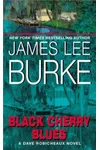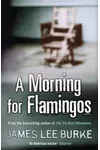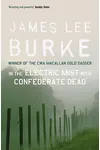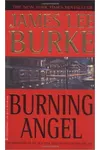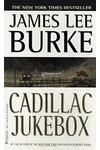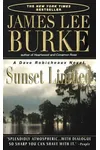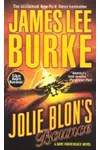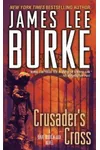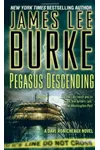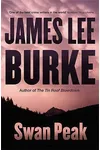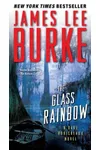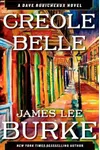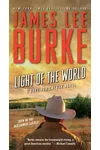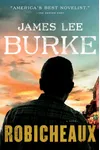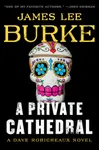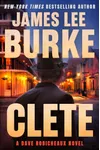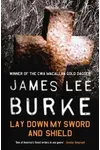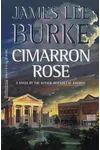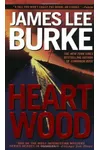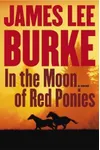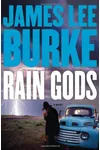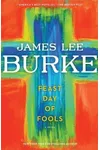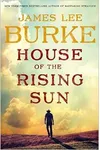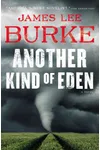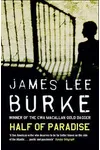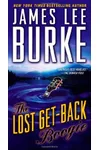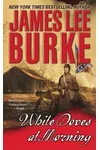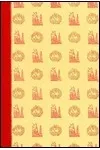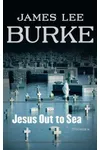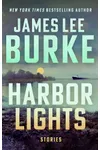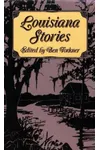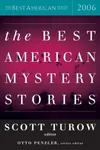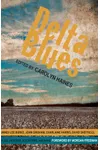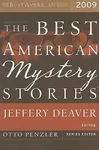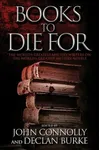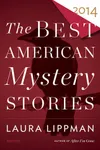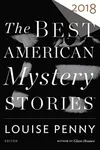Picture a Louisiana storyteller who weaves crime, grit, and Southern soul into every page—meet James Lee Burke! Born in 1936, this literary titan has captivated readers with his Dave Robicheaux series and evocative novels that pulse with the rhythm of the American South. With two Edgar Awards and the Mystery Writers of America’s Grand Master title, Burke’s richly textured tales have earned him a spot among America’s greatest contemporary authors.
His stories aren’t just mysteries—they’re journeys through the human heart, set against humid bayous and moral dilemmas. Ready to dive into the world of a master wordsmith? Let’s explore Burke’s life, works, and lasting impact.
The Making of James Lee Burke
James Lee Burke was born on December 5, 1936, in Houston, Texas, and raised in Louisiana, where the lush, haunting landscapes of the South shaped his imagination. A child of the Gulf Coast, he soaked up the region’s culture, from Cajun music to the scent of magnolias, which later infused his writing. After earning a degree in English from the University of Louisiana at Lafayette, Burke worked as a journalist, teacher, and even a pipeliner, gathering stories from life’s edges.
His writing career kicked off in the 1960s with literary novels like Half of Paradise, but it was the 1987 release of The Neon Rain, the first Dave Robicheaux novel, that launched him into crime fiction stardom. Inspired by his love for the South and its complexities, Burke found his voice blending gritty realism with poetic prose.
James Lee Burke’s Unforgettable Stories
Burke’s novels are like a Louisiana gumbo—rich, layered, and full of flavor. His Dave Robicheaux series, spanning over 20 books, follows a brooding, principled detective navigating crime and corruption in New Iberia, Louisiana. The Neon Rain (1987) introduces Robicheaux, a Vietnam vet and recovering alcoholic, tackling a murder case amid personal demons. Black Cherry Blues (1989), which won Burke his first Edgar Award, sees Robicheaux unravel a conspiracy in Montana’s wilds.
Beyond Robicheaux, Burke’s standalone works shine. The Lost Get-Back Boogie (1986), a lyrical tale of a parolee’s redemption, was nominated for a Pulitzer Prize. Two for Texas (1982) blends historical fiction with adventure, showcasing his versatility. His style marries vivid settings—think swamps glowing under moonlight—with complex characters and themes of justice, morality, and redemption, earning comparisons to Faulkner and Hemingway.
Burke’s prose is cinematic yet intimate, painting the South as both a paradise and a battleground. His ability to weave social issues, like racism and environmental decay, into gripping plots sets him apart in the crime genre.
Why James Lee Burke Matters
James Lee Burke’s impact on crime fiction is monumental. His Dave Robicheaux series redefined the genre, blending noir with literary depth and elevating Southern settings to starring roles. Fans and critics alike praise his ability to craft flawed, relatable heroes who wrestle with big questions—What is justice? Can redemption outrun the past? His work has inspired countless writers and resonated with readers who see the South’s beauty and struggles reflected in his pages.
With awards like the Grand Master and a loyal global fanbase, Burke’s legacy is secure. At nearly 90, he continues to write, proving that great storytelling knows no age limit. His novels remain timeless, inviting new generations to explore the heart of the South through his lens.
About James Lee Burke
- Born: December 5, 1936, in Houston, Texas
- Key Works: The Neon Rain, Black Cherry Blues, The Lost Get-Back Boogie
- Awards: Two Edgar Awards, Mystery Writers of America Grand Master
- Fun Fact: Burke’s cousin was Andre Dubus, another acclaimed author.
Snag The Neon Rain and dive into James Lee Burke’s thrilling, soulful crime fiction! Whether you’re a mystery buff or a literary explorer, his stories will hook you from page one.


